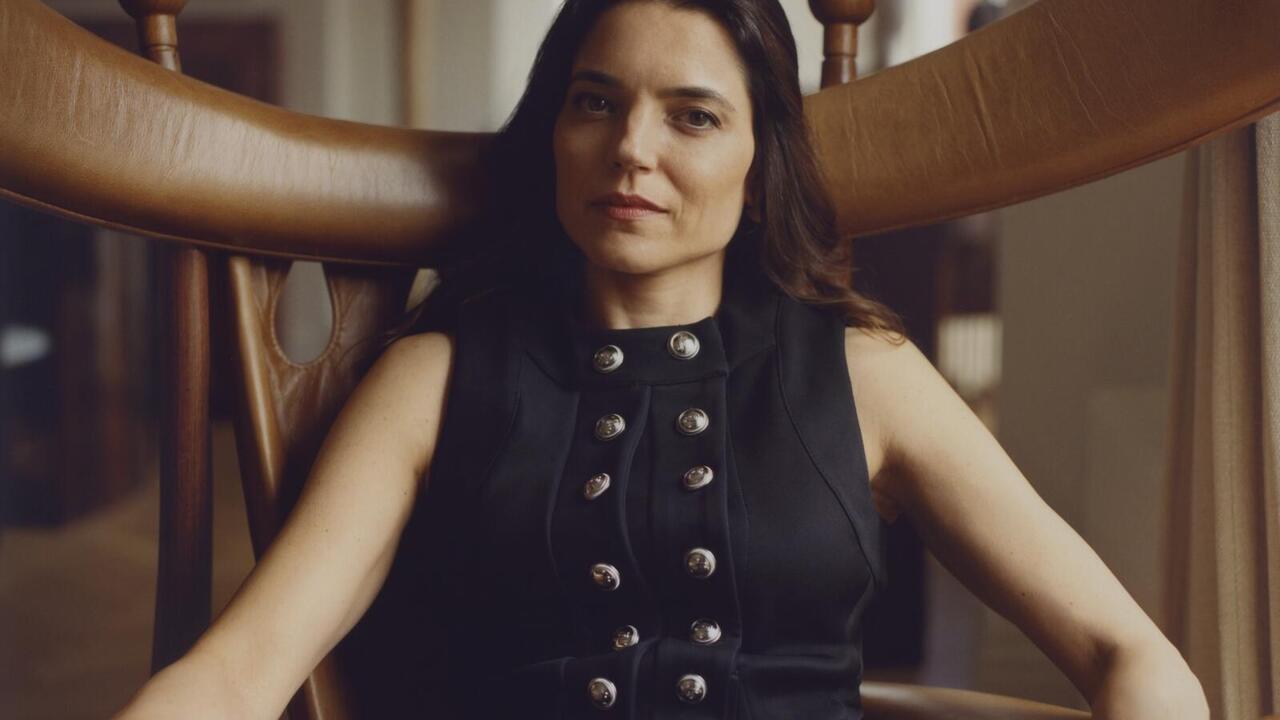On Creating Reality, by Andy Kaufman

A huckster, a con-artist, schizophrenic, a carny, the anti-comic, grating, boring, svengali, oddball, child, jolly philanderer, grandiose dreamer, extremely extreme extremist, conceptual jokester, obsessive nut, self-indulgent trickster, profoundly innocent, unfunny, genius, headmaster. A complex person preceded by many, many adjectives, Andy Kaufman is known for never having left an audience as he’d found it.
He left a room dumbstruck, giddy, irate and always transformed. At times, bombing was part of his act – he was unafraid of boos and hoped the audience would get in on the joke without the requisite wink. ‘On Creating Reality, by Andy Kaufman’ was a retrospective exhibition presented by artist Jonathan Berger at Maccarone. Vitrines held a collection of props, letters and documentation organized thematically rather than chronologically. Friends, family and collaborators enlivened the space as daily guests, including Kaufman’s brother and sister, as well as Bob Zmuda, Little Wendy, Carol Kane, Greg Sutton and Al Parinello. A separate gallery included video and audio recordings of performances.
Kaufman’s ribald alter ego, lounge singer Tony Clifton, was represented by a gaudy peach suit. Alongside it were the facial prosthesis and insoles used to give his buddy Bob Zmuda a few inches when the character changed hands between the two. Beloved Elvis Presley and Fabian records were on display as were Kaufman’s conga drums. There were letters from irate and bemused women ready to challenge him in the ring for the World Intergender Wrestling Championship. The maze of cases highlighted his influences, obsessions and the fact that many of these characters had been bouncing around his head since he was young child. Mighty Mouse, Elvis, conga playing and ‘Old MacDonald’ were all part of his teenage gig as an entertainer for children’s birthday parties.
The first and last cases may have been the most telling. The first display was a weathered transcript of Kaufman’s interview with Howdy Doody from his ABC Special, Andy’s Funhouse, a bizarre hour-long variety show that the studio refused to air until years later once fame had come. He was a child of television and even on paper reveals an earnest, wide-eyed wonder when speaking to his childhood hero. The final vitrine displayed an X-ray of his arm eaten away by the cancer that eventually took him, a will he had written aged 13, the announcement for a tour that never happened and images of a trip to the Philippines he took just before his death. Staying in character right to the end, Andy spent one of the last months of his life in the small town of Baguio, in the Philippines, with a huckster witch doctor who used sleight of hand to pull the cancer, actually chicken innards, from his patients, thus ‘healing’ them.
The back gallery featured four monitors showing performances and overhead audio from college tours. All the good ones were here: Mighty Mouse, Carnegie Hall, nights at the Improv, the Comedy Store and his appearance on The Late Show with David Letterman. It is easy, even now, for a sophisticated audience that is in on the joke to fall under Kaufman’s spell. You squirm through long, awkward silences mesmerized by the pinball game-like movements of those huge eyes and cringe at Tony Clifton’s lascivious rants. You can also see the forceful, climactic exit of Clifton from the sitcom Taxi, his cast-mates’ eyes filled with fear and hatred. A dithering foreign male character transforms into sex-god Elvis. Sitting front-row at the Carnegie Hall performance is Andy Warhol and one can’t help but wonder if the two Andys recognized each other as vessels for culture, reflecting it back through their fun-house mirrors.
Kaufman never considered himself a funny man or a comedian. For a time, he classed himself as a song-and-dance man. He had no punchlines: what was being laughed at were not simply jokes or impressions but the concept of a man from Caspiar being ballsy enough to play Nixon or even Elvis. The plethora of artists who cite his role in their understanding of comic timing and the role of psychology behind humour make his influence on visual and performance art beyond question. A few points are worth teasing out, though, so as to jog our collective memory of why we do what we do. When things went bright he got dark; the public liked the sweet and innocent foreign man so he began his chauvinistic wrestler. He knew how to bomb and when, and by setting these boundaries maintained his artistic integrity. He knew the value of experimentation and how to have fun doing it. Kaufman wanted an audience to re-answer obvious questions, allow for misunderstanding, to be in real-time, live, on-air.
Bringing in friends who knew him, displaying his favourite things or the anatomy of his masks still won’t give a clear picture of exactly who he was but that is, well, fine. The life-long charade allows for a sort of in-itself-ness, completely committed and unique.















